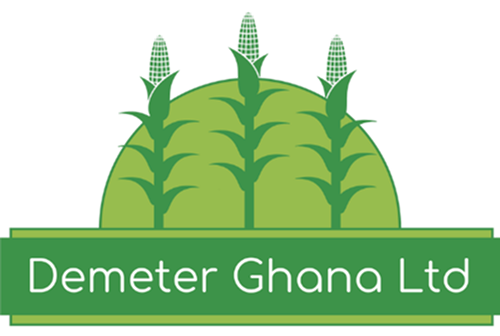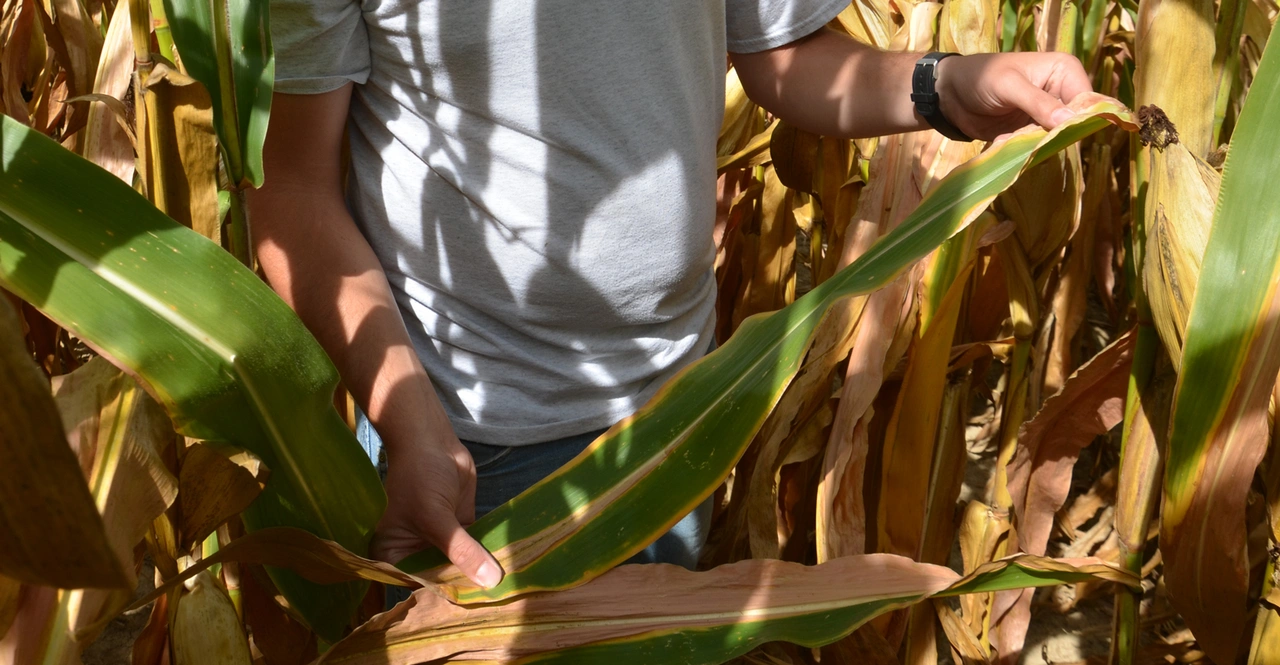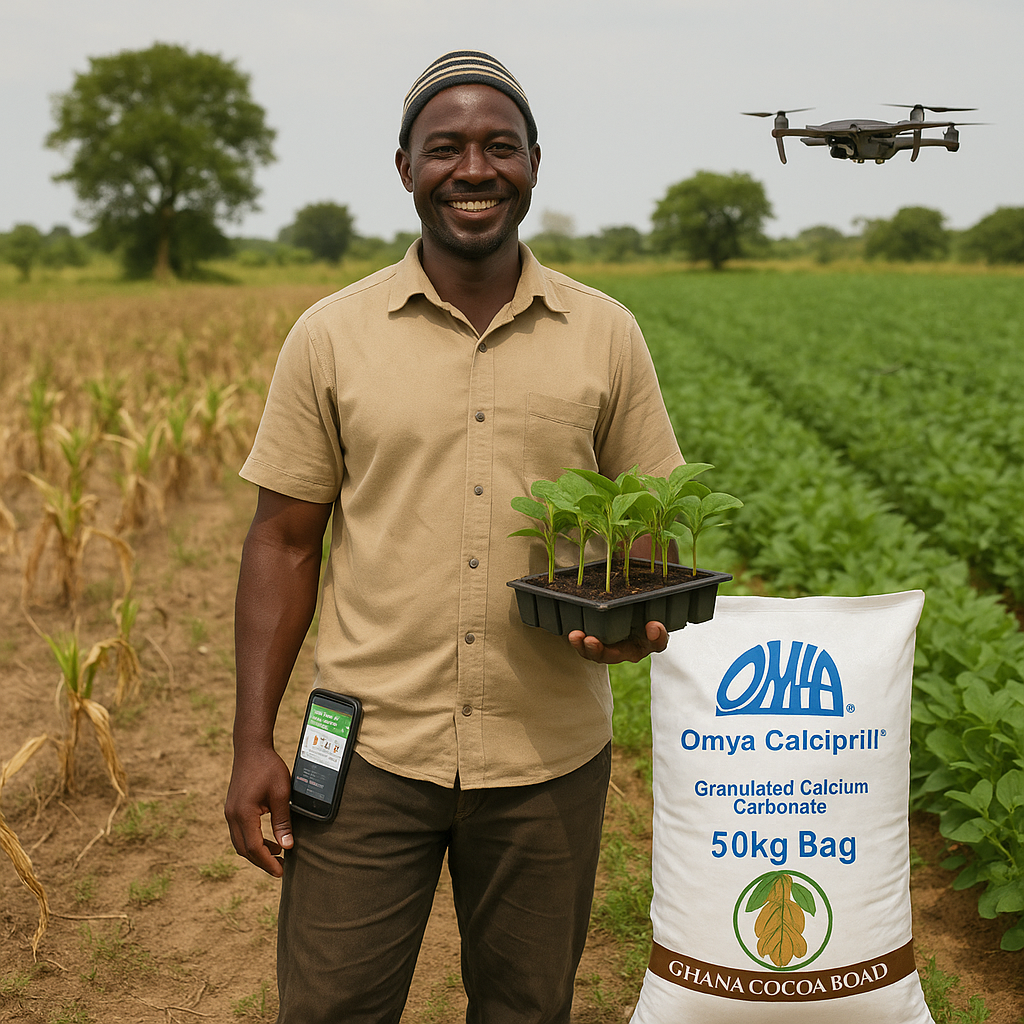Navigating the Risks: A Comprehensive Guide to Risk Management in Farming

All farmers are well aware of the challenges and uncertainties that come with planting a new crop. Whether it's the unpredictability of the weather, the volatility of market prices, or threat of pests, farming requires not just hard work but strategic thinking and planning. Below are some management strategies to key agricultural risks, making your farm more resilient and your livelihood more secure.
Tackling Climate and Environmental Risks
You know better than anyone that the weather can be a fickle friend. Implementing climate-resilient farming practices, like crop rotation and conservation tillage, can not only improve your soil's health but also its water retention, offering some buffer against erratic weather. Diversifying your crops can spread the risk, ensuring that a setback in one area doesn't spell disaster for your entire operation. Efficient irrigation systems and water harvesting practices are also investments worth considering to combat drought and irregular rainfall.
### Navigating Market and Price Risks
Staying ahead of market trends and price movements is crucial. Consider entering into contracts with buyers before the planting season to secure a stable price for your produce, shielding you from market volatility. Also, think about turning some of your crops into value-added products. This could open up new markets and reduce your exposure to the whims of commodity prices.
### Managing Biological Risks
Pests and diseases can wreak havoc on your hard work. Integrated Pest Management (IPM) strategies can help you manage these threats in a sustainable way, reducing your dependence on chemical pesticides. Planting a variety of crops can also decrease the likelihood of your entire harvest being decimated by a single pest or disease outbreak.
### Facing Financial and Credit Risks
Good financial planning is your best defense against financial unpredictability. Exploring a variety of financial products, including loans, grants, and especially agricultural insurance, can offer you a safety net against unforeseen financial downturns. Crop or livestock insurance, in particular, can be a lifesaver, compensating you for losses due to events out of your control.
### Overcoming Operational and Technological Risks
Keeping your equipment in top shape and staying abreast of the latest farming technologies can significantly boost your farm's efficiency and productivity. Investing in training for yourself and your workers ensures that everyone can operate new technologies safely and effectively, minimizing operational risks.
### Preparing for Policy and Regulatory Risks
Regulations and policies can change with little notice, and it's vital to stay informed. Engaging with farming associations and advocacy groups can not only keep you updated but also give you a voice in policy decisions that affect your livelihood.
### Addressing Health and Safety Risks
Never underestimate the importance of safety on your farm. Proper safety training and equipment can drastically reduce the risk of accidents. Additionally, implementing health monitoring programs can help detect and prevent issues before they become serious, ensuring you and your workers stay healthy and safe.
### Securing Supply Chain and Logistics
Diversifying your supply chain and investing in proper storage facilities can mitigate risks related to supply chain disruptions and post-harvest losses, giving you more control over when and how to bring your products to market.
Remember, farming is as much about planning for the future as it is about the work you do in the fields today. By implementing these strategies, you're not just protecting your current season's yield but are also laying the groundwork for a resilient, sustainable farming operation that can withstand the challenges and uncertainties that lie ahead. Stay informed, stay prepared, and most importantly, stay optimistic. Your farm is not just your livelihood; it's a testament to your resilience and hard work.


.png)
